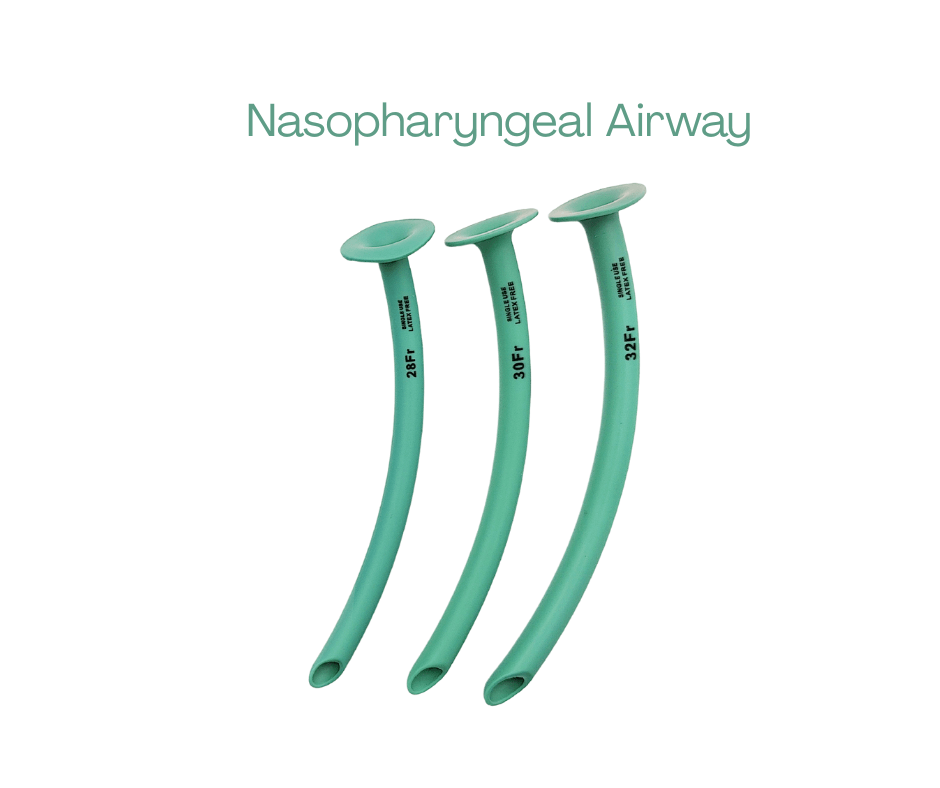TEl: +86-13148388090
Fax:+86-571-88616515
The Hidden Airway Risks in Elderly Thrombolytic Therapy Patients
Author: admin / 2025-07-28When it comes to treating strokes or heart attacks with clot-busting therapy, every second counts. But in elderly patients, there's another critical factor that often goes overlooked: airway safety.
Older patients are often frail, less responsive, and more prone to airway obstruction, especially when lying flat or under sedation. Vomiting, weakened gag reflex, or reduced muscle tone can all increase the risk of compromised breathing. And in emergency scenarios, even a minor delay in managing the airway can lead to catastrophic outcomes.
This is where nasopharyngeal airways (NPAs) come into play. Simple, fast, and effective, NPAs help maintain a clear passage for oxygenation—without requiring aggressive intervention. For hospitals, EMS crews, and military medics operating under pressure, FDA- and CE-certified OEM NPAs from Bever Medical offer the quality, consistency, and reliability needed to protect the airway while the team focuses on saving lives.
In this blog, we'll break down why airway risks are higher in elderly thrombolytic patients, how to identify early signs of obstruction, and how NPAs can help mitigate the danger—safely and efficiently.

Airway Challenges in Elderly Thrombolysis
Thrombolytic agents such as alteplase (rtPA) carry a 1–5% risk of orolingual angioedema in acute ischemic stroke patients. In the elderly—often on ACE inhibitors—the risk climbs toward the upper end, with swelling of lips, tongue, and oropharynx compromising patency within 30–150 minutes of infusion. A typical case: an 84-year-old woman on lisinopril developed severe tongue edema 30 minutes after rtPA, necessitating emergent intubation.
A stroke itself impairs central control of breathing and cough reflexes. Cognitive decline and pre-existing neurological deficits heighten aspiration and obstruction risks during and after fibrinolysis. In one series, elderly stroke patients had threefold higher intubation rates when airway adjuncts were delayed.
Anatomical Considerations for NPAs in the Elderly
Nasal mucosa thins with age, and microvascular fragility increases the risk of bleeding, especially when patients are on anticoagulants or thrombolytic therapy.
Conditions like septal deviation, turbinate hypertrophy, or past nasal trauma can further narrow the nasal passages. A well-designed nasal trumpet helps address these challenges: its rounded, beveled tip allows for atraumatic insertion, while the soft, tapering shaft conforms to nasal anatomy, minimizing pressure on sensitive mucosa. Size markings on the flange aid in selecting the correct size—especially important as nostril diameter can vary with age.
Thrombolytics, Fragile Nasal Mucosa, and Bleeding Risk
When we think about thrombolytic therapy, bleeding risks are often top of mind — especially in older patients. But one often overlooked area is the airway, particularly the nose. Thrombolytics don't just increase bleeding risks in obvious places like the GI tract or brain. They also raise the chances of small, persistent bleeds in more delicate areas — like the nasal mucosa.
In elderly patients, the nasal lining tends to be thinner and more fragile. Combine that with age-related changes in blood vessels and the systemic effects of thrombolytics, and you've got a recipe for trouble. In fact, research shows that with each passing year, elderly patients face up to four times the bleeding risk during thrombolytic treatment. While major nosebleeds (epistaxis) are rare, even minor ones can block the nasal airway — which is a big deal if you're relying on a nasopharyngeal airway (NPA) to maintain ventilation. While NPAs can still be used when necessary, the choice and handling of the device becomes especially important in elderly patients to minimize complications.
How NPAs Mitigate Hidden Risks
Maintaining a patent airway despite angioedema onset. If tongue swelling precludes oropharyngeal adjuncts, the NPA preserves a channel.
Avoiding intubation complications. In stroke patients, NPAs reduced intubation rates from 40.3% to 19.2% versus oropharyngeal devices (P < 0.05).
Reducing pulmonary infections. Less invasive than repeated intubation, NPAs cut post-stroke pneumonia from 24.7% to 14.1% (P < 0.05).
Innovative NPA Features from Bever Medical
Bever's OEM-manufactured nasopharyngeal airways combine:
- Rounded, beveled tip for painless insertion
- Secure, round flange to prevent migration
- ID-marked flange for rapid size verification
- Sterile, disposable packaging—ideal for pre-packed military and EMS kits
- Latex-free composition to eliminate allergy risks
Practical Tips for Procurement and Use
Choose FDA and CE-certified NPAs in a range of sizes (6 mm–9 mm ID).
Train staff on atraumatic lubrication and gentle insertion at a 70° angle following the nasal floor.
Store individually packaged NPAs in airway kits for rapid deployment in stroke codes or battlefield triage.
Integrate NPAs into thrombolysis protocols with immediate readiness to counter orolingual angioedema.
Conclusion
Elderly patients on thrombolytic therapy harbor concealed airway hazards—angioedema, aspiration, and mucosal bleeding—that demand proactive solutions. A high-quality nasopharyngeal airway from Bever Medical can be the difference between a stable airway and an emergency cricothyrotomy. Moreover, we also supply military-grade nasopharyngeal airways. Contact us today to customize NPA products for your hospital or EMS.
This article is for reference only. Please follow the guidance of qualified healthcare professionals.


